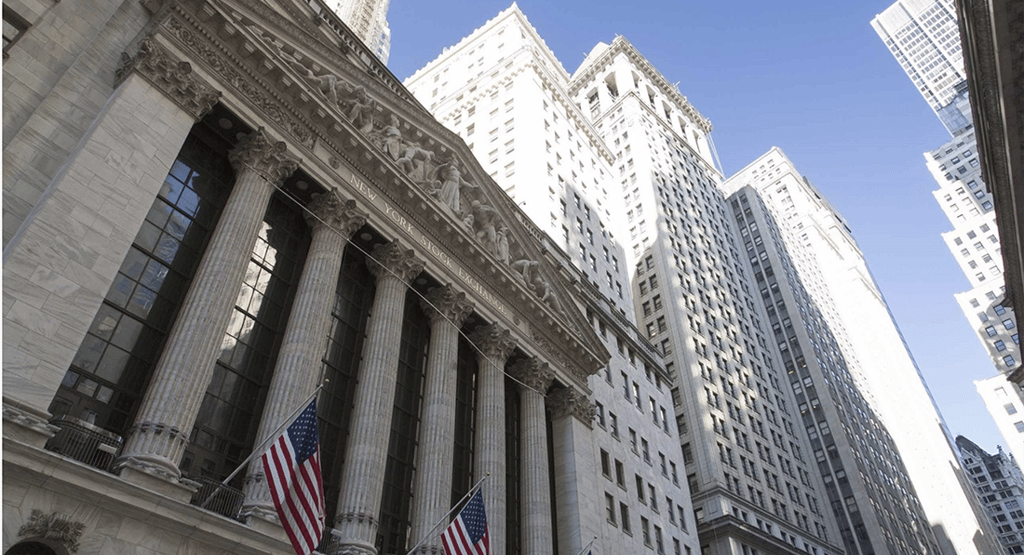The U.S. Debt and Deficit: Should You Be Worried?
4/27/20253 min read


The U.S. Debt and Deficit: Should You Be Worried?
The U.S. debt and deficit have been making headlines, and for good reason. With the Congressional Budget Office (CBO) projecting a $2 trillion deficit this year and a debt-to-GDP ratio soaring past 120% by 2034—the highest ever—it’s natural to wonder: how worried should we be? While markets have been eerily calm, like watching paint dry, the risks of high debt and wide deficits are real and worth understanding. Let’s break down the five biggest concerns, what they mean for your portfolio, and how to navigate this fiscal storm.
1. Crowding Out: Will Debt Starve the Private Sector?
When the government borrows heavily, it can “crowd out” private investment by driving up interest rates. The fear? Higher borrowing costs could stifle business growth and innovation. Right now, demand for U.S. Treasuries remains robust, keeping rates manageable. But if deficits keep ballooning, rates could climb, squeezing corporate and consumer budgets.
Portfolio Impact: Higher interest rates can hurt bond prices and slow equity growth. Diversifying into non-U.S. dollar assets or real assets like infrastructure can hedge against this risk.
2. Inflation: Is the Debt a Ticking Time Bomb?
Large deficits often fuel fears of runaway inflation, especially if the Federal Reserve monetizes debt by printing money. While inflation has cooled since its 2022 peak, persistent deficits could reignite price pressures, eroding purchasing power.
Portfolio Impact: Inflation erodes fixed-income returns. Consider assets like gold, commodities, or Treasury Inflation-Protected Securities (TIPS) to preserve value.
3. Currency Risk: Could the Dollar Lose Its Crown?
The U.S. dollar’s status as the world’s reserve currency underpins demand for Treasuries. But if global confidence wanes—say, due to unsustainable debt—investors might diversify away from the dollar, weakening its value.
Portfolio Impact: A weaker dollar could boost non-U.S. investments but hurt domestic purchasing power. Adding foreign equities or bonds can provide a buffer.
4. Default Risk: Could the U.S. Ever Default?
A U.S. default seems unthinkable, given the government’s ability to print money. Yet, political brinkmanship over the debt ceiling, like we’ve seen in recent years, raises the specter of a technical default. S&P’s 2011 downgrade was a wake-up call, and last year’s near-miss rattled markets.
Portfolio Impact: A default, even technical, could spike volatility. Safe-haven assets like gold or high-quality corporate bonds could offer stability.
5. Long-Term Growth: Will Debt Drag Us Down?
High debt levels can sap long-term economic growth by diverting resources to interest payments. The CBO estimates interest costs could hit $1 trillion annually by 2030, crowding out investments in infrastructure, education, or healthcare.
Portfolio Impact: Slower growth could weigh on equities. Focus on tax-efficient strategies and sectors like technology or healthcare that thrive despite fiscal headwinds.
Why Markets Aren’t Panicking (Yet)
Despite these risks, markets remain unfazed. Why? The U.S. tax base is robust, monetary policymakers retain credibility, and global demand for Treasuries is strong. Investors see U.S. debt as a safe bet compared to other sovereigns. But this calm could be deceptive. Elections in France, the UK, and the U.S. could spark volatility, and long-term fiscal challenges won’t vanish.
What Can Investors Do?
The U.S. fiscal trajectory isn’t likely to improve soon, but multi-asset portfolios can still deliver. Here’s how to position yourself:
Diversify Globally: Non-U.S. dollar assets, like European or emerging market equities, can reduce currency risk.
Embrace Real Assets: Infrastructure, gold, and commodities can hedge against inflation and growth concerns.
Prioritize Tax Efficiency: With potential tax hikes looming, strategies like municipal bonds or tax-advantaged accounts are smart.
Stay Flexible: Markets may be calm now, but political and economic shifts could change that fast. Keep cash or liquid assets for opportunities.
The Bottom Line
The U.S. debt and deficit are serious but not catastrophic—yet. While immediate risks seem contained, the long-term outlook demands vigilance. By diversifying, focusing on real assets, and staying tax-savvy, investors can weather the storm. Markets may be quiet now, but don’t let that lull you into complacency.
Thought Questions:
How much do you trust policymakers to address the U.S. debt trajectory responsibly?
Are you comfortable with your portfolio’s exposure to U.S. dollar assets, or is it time to diversify?
What role do real assets like gold or infrastructure play in your investment strategy?
Photo Credit:Gettyimage
hello@boncopia.com
+13286036419
© 2025. All rights reserved.